Psittacine beak and feather disease (PBFD) is a highly contagious viral disease of pet birds. The disease mainly affects the psittacine birds and parrots. The disease was first identified in Australian Cockatoos in 1970. Later the disease was spread to more than 50 classes of pet birds. The disease initially spread to Australia and Tasmania but later on spread throughout the world via migratory birds. The virus is also called ‘Bird AIDS’ as it has similarities if immunodeficiency like HIV.
What is the Causal Agent of Beak and Feather Disease?
Psittacine Beak and Feather Disease virus is mainly a circovirus which is one of the smallest DNA viruses. The virus causes distress to the immune system of birds. The virus is under the genus Circoviridae. The virus mainly affects the beak and feather follicles of the parrots and causes the loss of feathers, necrosis, beak, and claw malformations. The virus also affects the lymphatic system of the birds like bursa Fabricius, thymus, and causes immunosuppression. The birds become vulnerable to secondary bacterial diseases.
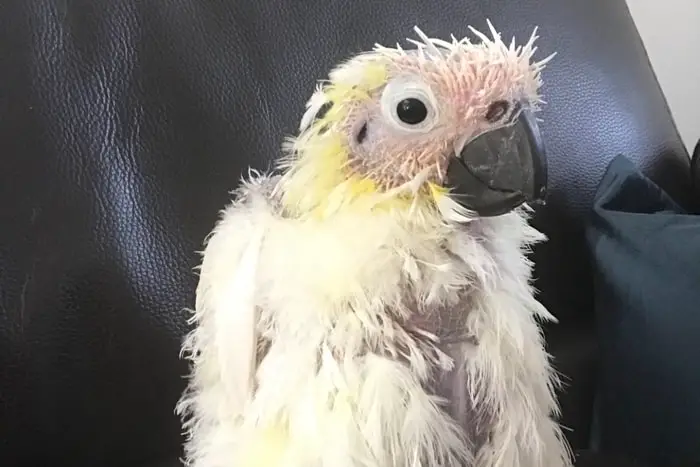
Which Species of Birds are Prone to PBFD?
This viral disease is mostly affected psittacine birds in the world. The virus is found most commonly amongst:
- Macaw.
- Cockatoos.
- African grey parrot.
- Lovebird.
- Lory and lorikeet.
- Eclectus parrot.
- Budgerigar.
- Other parrots.
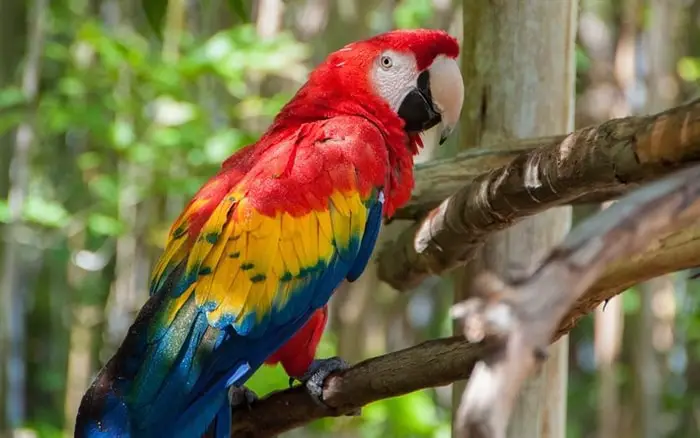
What is the Epidemiology of Beak and Feather Disease?
Initially, the disease was diagnosed in psittacine birds but later transmitted to the species of birds. The disease is now found in most pet birds, pigeons, doves, owls, Peregrin falcon, owls, kites, and many wild birds. The disease is transmitted vertically through eggs and horizontally by fecal material contaminated with feed, water, nest, crop secretions, and feather dust.
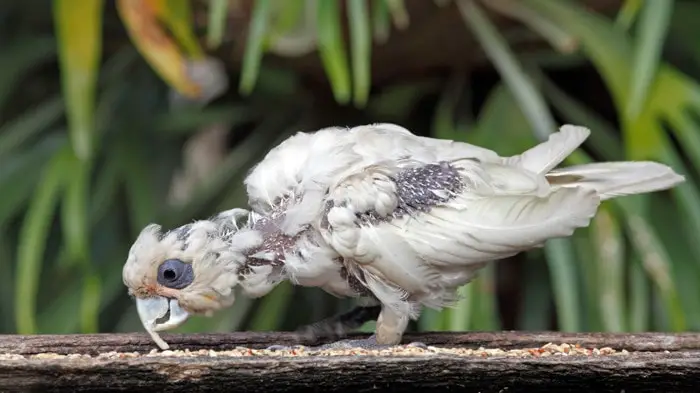
What is the Pathogenesis of Beak and Feather Disease?
The incubation period and irrefutable signs formed by this virus are mutable, reliant on the infectious dose (amount of virus infecting the bird), and the age of the parrot, and the stage of plume growth at the time of contamination. As the protective system develops, birds developed extra impervious to infection, and the signs are less severe.
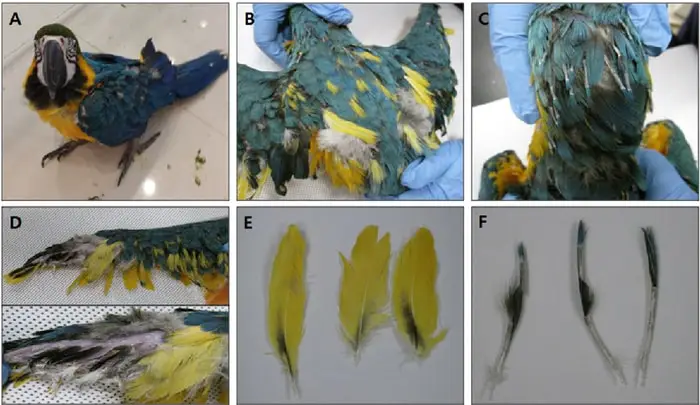
Birds completed three years old are infrequently disposed of. Still, cases can transpire in older birds if heavily tested, or maybe dormant transporters become clinical next to an episode of trauma. In youthful (especially hand-reared) birds with an immature protected system, the development period between infection and disease expansion may be as short as 14-28 days.
The illness will be Spartan. In adult birds, gestation can be many months, and clinical symptoms are treacherous and long-lasting. The progress of the disease is fluctuating, and transporter birds flaking the virus are common. It is consequently difficult to eradicate the virus from an infected populace, and many groups of birds are constructive.
What is the Clinical Sign of Beak and Feather Disease?
Diseased birds may take weeks, months, or years before showing any irrefutable signs, often contingent on how aged the bird is. Quantifiable signs involve lesions affecting the beak, feathers, or both. Most frequently, juvenile birds are infected with the virus. Numerous forms of the disease may be seen; the form of the disease seen in an individual bird is prejudiced by the bird’s age when infected.
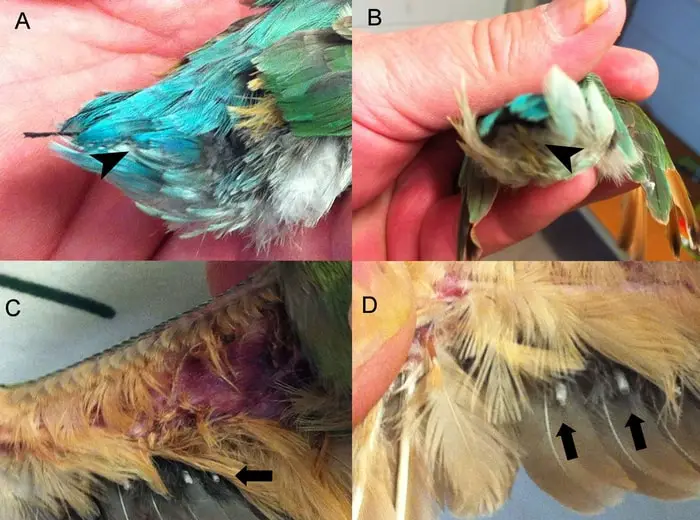
Per acute form: Sudden death with no previous signs of illness. This happens in newborn (recently hatched) birds; symbols seen are septicemia, accompanied by pneumonia, enteritis, weightiness, and death. The finding is missed if a necropsy (post mortem / autopsy) and histology (microscopic examination of tissues) are not done on birds that die abruptly since these young birds die before feather irregularities are documented.
Acute form: Frequently in nestlings or juvenile birds during their first stage of feather development. There is a loss of dust down, with shiny black beaks in those birds whose beaks are usually dirty grey. Affected birds become quiet and depressed and with a generally ‘grubby’ appearance. Many have diarrhea, and all will succumb quickly to secondary infections. The signs include depression for several days followed by sudden alteration in the formation and appearance of the new feathers, including premature molting. Some of these psittacine birds may die in 1-2 weeks.
Chronic form: Classic form of the disease, observed in caged birds, with loss of feather and malformation increasing with each molting period. Beak and claws become hard, necrotic, and distorted. Feather loss will finally affect the whole body. This disease is invariably fatal, but individuals may survive for many years if allowed to and supported by their owners. Short, clubbed feathers and deformed frizzy feathers are seen. These changes occur in birds that have endured the acute stage of the disease. If exaggerated birds live long enough, they may develop hairlessness. Beak malformations may grow, and if they do, these occur after a long course of the disease where significant feather changes have occurred.
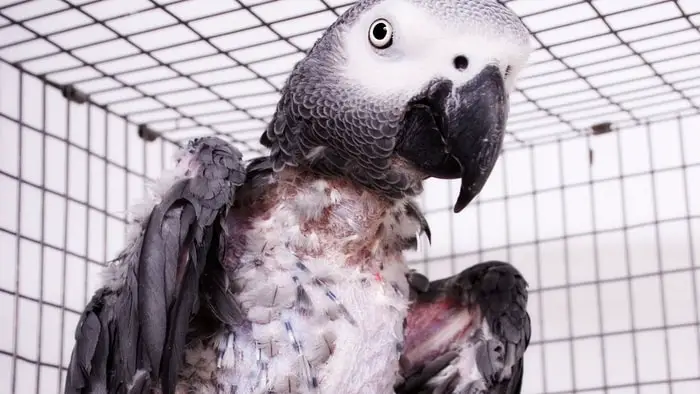
Carrier state form: Pet birds presenting no clinical signs of the disease but infected and shedding the virus to contaminate other birds. Usually adult birds, and commonly budgerigars, cockatoos, and cockatiels. These birds are imperative in the control and management of the disease in confined populations.
How to Diagnose Psittacine Beak and Feather Disease?
In Acute and Chronic cases, we can diagnose based on clinical signs and some external pathology of birds.
- Proof positive is obtained by recognizing the presence of the virus in the bird, and currently, this is best achieved by a PCR test.
- Psittacine beak and feather diseases virus is known to happen in distinct strains, and not all laboratories doing PCR testing can pick up all strains.
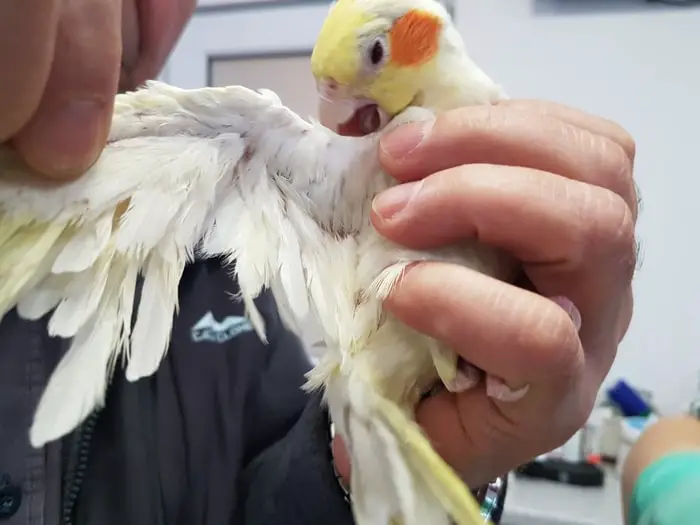
What is the Treatment of PBFD?
Presently there is no treatment for this overwhelming disease. Adding vitamins, minerals, and probiotics to boost the immune system will help, and secondary infections will be obligatory frequently. Single pet birds in caring homes may be preserved, providing quality of life is reasonable.
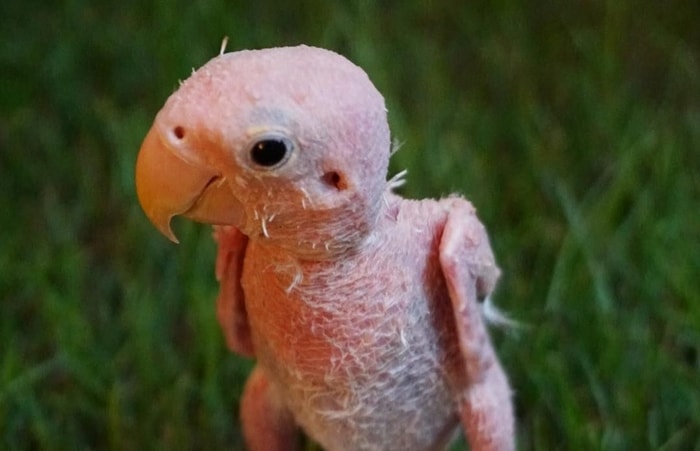
What is the control and Prevention of Beak and Feather Disease?
Give vaccination and proper disinfectant use in the farm or farmhouse. The new bird doesn’t enter the house without a quarantine period.